The four paintings, presented in carved and gilded wooden frames in theeighteenth century style, are stylistically related to the work of painter NoëlCoypel (Paris, 25 December 1628 - 24 December 1707). They represent the allegory of the four seasons. Eachcanvas has at its centre a depiction of a young girl, dressed in classic taste,surrounded by lively putti who play and offer her the products of the landaccording to the four seasons. The spring season sees triumphs of flowers adornthe young woman, while garlands and large baskets are full of delicate andcolorful florets with which the children play and entertain themselves. Summersees the maiden sitting and adorned with ears of corn, holding a sickle. Amongthe putti, there are those who sleep, those who play happily, who lift thewheat and who arrive in a boat from a lake depicted in the background. Somefruits, carrots and pumpkins are placed in the foreground on a wicker basket,to remember the abundance of the earth’s products in the hot season of the sun.Autumn follows, focused on the vine and grape harvest: a putto collects it, onepours it into a vat, another plays with it on the ground. A boy holding abottle of wine offers the young woman a glass, her hair adorned with a wreathof vines. Finally winter: the young woman is covered by a putto with a soft redcoat. In the foreground, the putto rolls over from the basket of wickercabbages, pumpkins, turnips and spring onions, characteristic of the coldseason. On the left, three putti are trying to light a fire, a clear referenceto the cold temperatures of the period. The subjects are all contextualized indifferent outdoor gardens, with rich description of vegetation that variesaccording to the season, landscapes with rivers, waterfalls, Cities in thebackground, architectural elements and other details that help to harmonize andbalance the compositions. The setting of the figures helps the observer’s gazeto move through the seasons, from left to right: the figure impersonatingspring welcomes the viewer’s gaze and, turning to the right, accompanies him insummer. This one is slightly seated facing to the left and looks towards thefollowing season, autumn. Here the face is placed to the left but the body,slightly rotated to the right, leads the gaze to the last season. Winterwelcomes the sequence completely facing left. Chromium is played on bright,saturated and changing tones, well balanced.The worksare stylistically close to the work done by Coypel for the apartment of KingLouis XIV in the Trianon palace at Versailles.Noël Coypelwas an illustrious French painter and decorator, a member of the classicalschool and a follower of Poussin. At a young age he joined the firm of CharlesErrard, which allowed him to establish himself and obtain commissions from thecourt. He painted several paintings for the king’s apartments at the Louvre,for Cardinal Mazarin and for the ceilings of the queen’s apartment at thewedding of Louis XIV.Member ofthe Académie royale de peinture et de sculpture from 1663, he became aprofessor in 1664. He directed the Academy of France in Rome, where he workedfrom 1673 to 1675. Upon his return to France, he was appointed director of theRoyal Academy of Painting on 13 August 1695. Coypel worked again for King LouisXIV and took part in the decoration of the Château de Versailles under thedirection of Charles Le Brun, the parliament of Rennes, the Tuileries Palaceand the Hôtel des Invalides (1700-1707).The fourworks are very pleasant and decorative, of good artistic quality and wellpreserved, easily appreciated in all environments, and large enough to beexhibited in groups.




























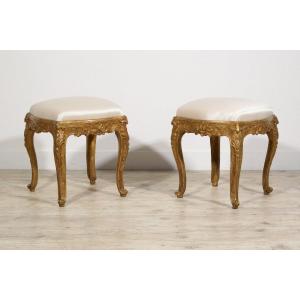
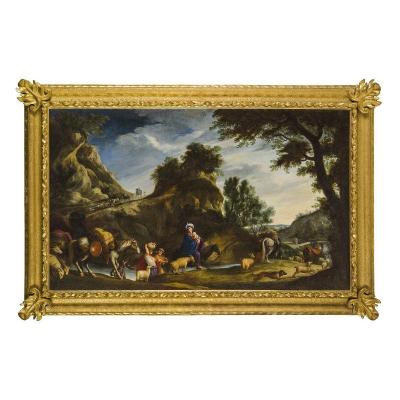




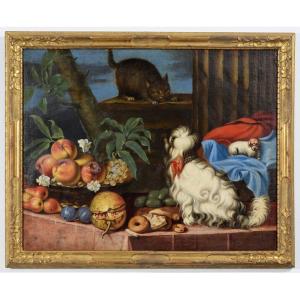





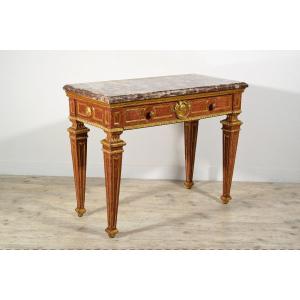

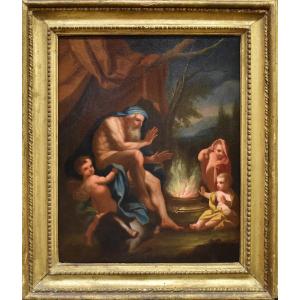







 Le Magazine de PROANTIC
Le Magazine de PROANTIC TRÉSORS Magazine
TRÉSORS Magazine Rivista Artiquariato
Rivista Artiquariato